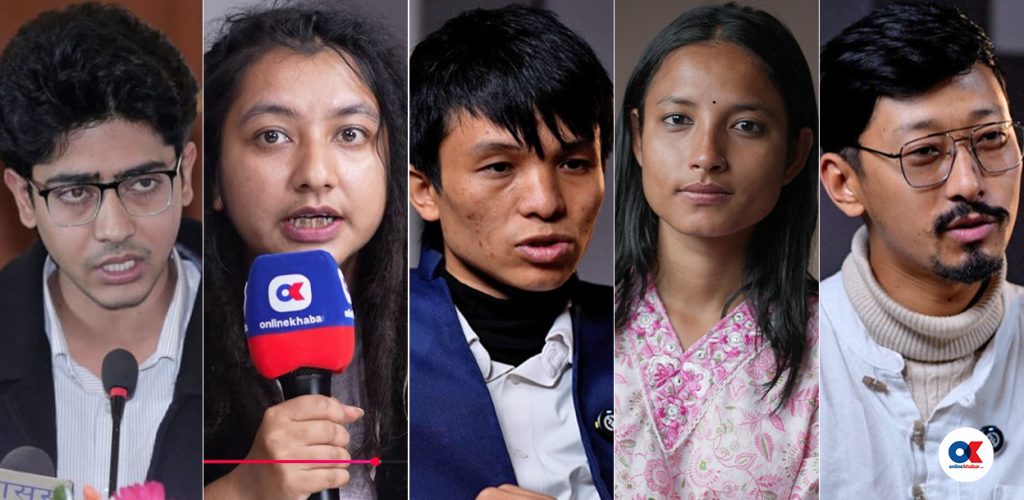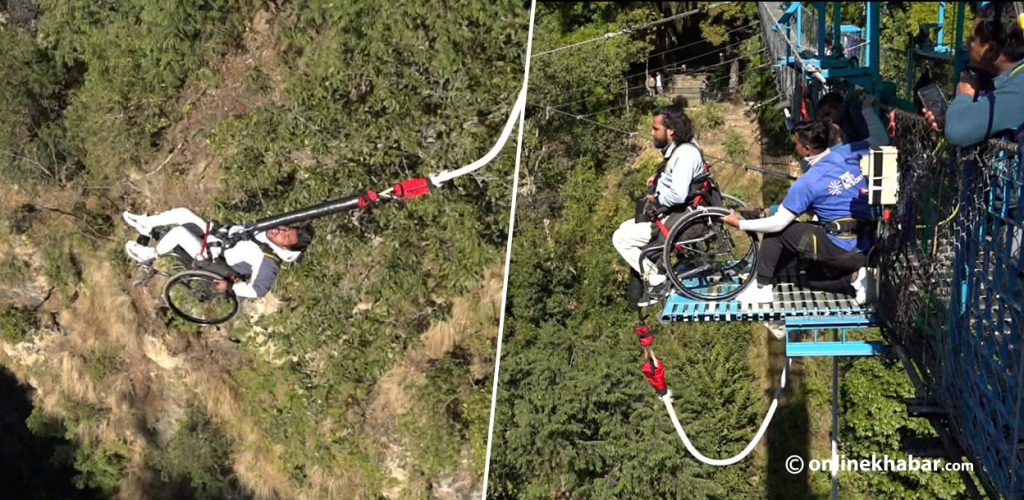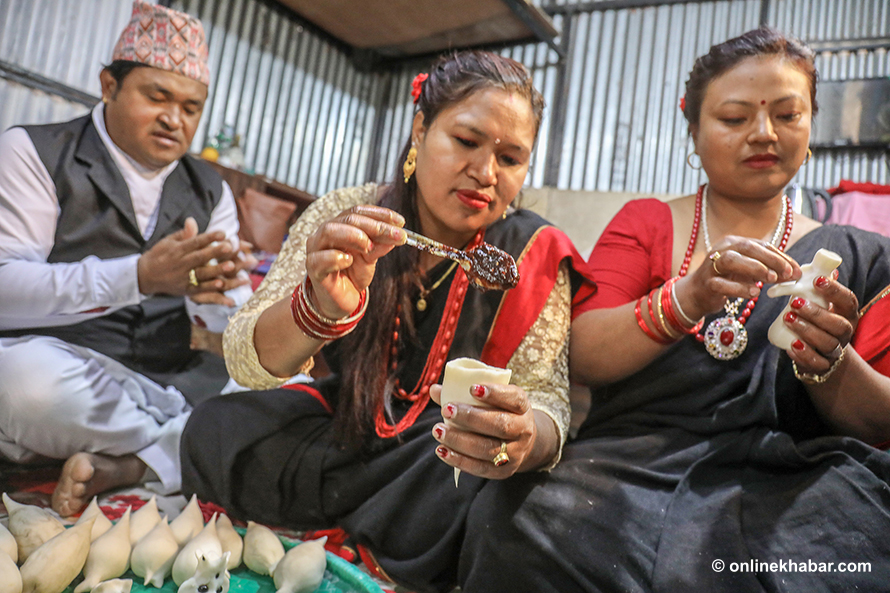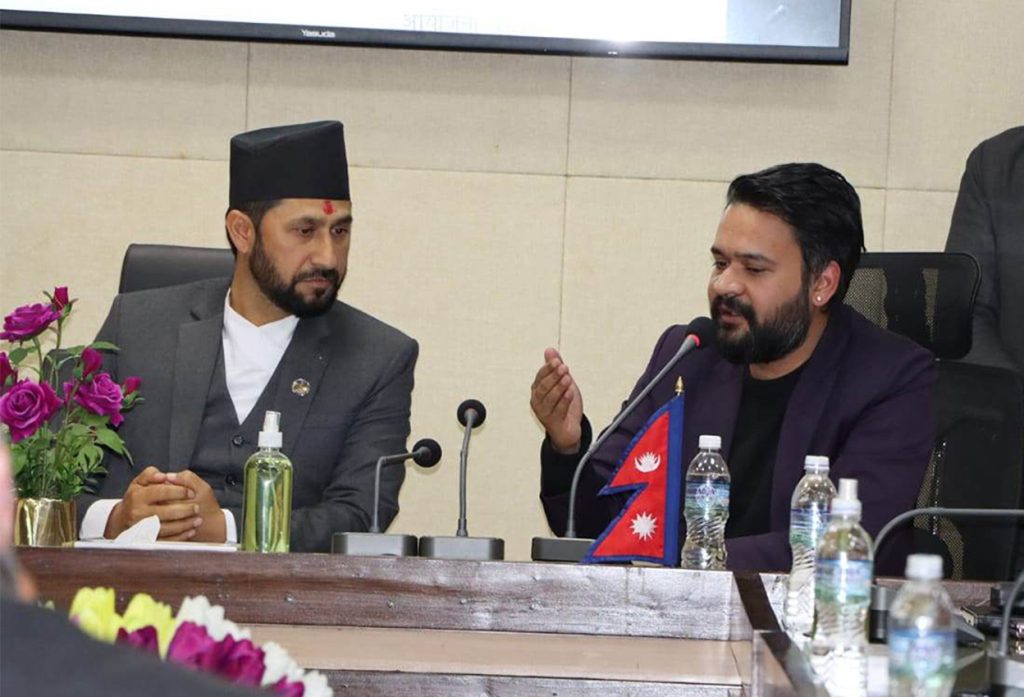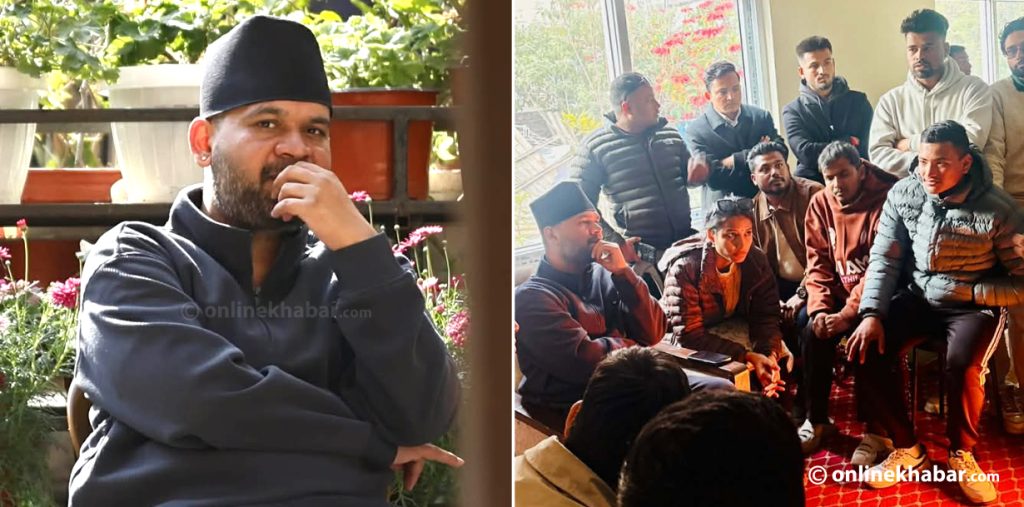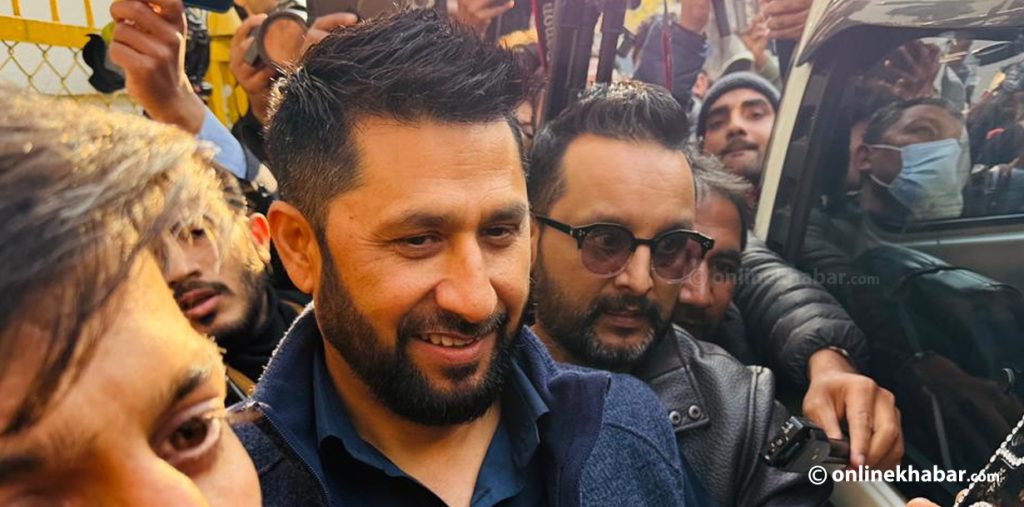
A rising global public health concern is youth suicide. The World Health Organization (WHO) estimates that suicide claims the lives of about 727,000 people annually worldwide and is currently the third most common cause of death for older adolescents and young adults (those aged 15 to 29). Up to 20% of teenagers have diagnosable mental illnesses, and one in seven (14%) of those aged 10 to 19 are thought to have a serious mental illness.
According to the World Health Organization, youth suicide rates have increased in many nations, and risk factors like substance abuse, trauma, bullying, social isolation, and easy access to deadly weapons (like guns or pesticides) are all playing a part.
Global trends and case studies
In the United States, Suicide rates have been significantly increasing. According to the Centers for Disease Control and Prevention (CDC), in 2023, there were almost 50,000 suicide deaths nationwide. Importantly, compared to the general population, suicide is now the second most common cause of death for Americans between the ages of 10 and 34. According to surveys, approximately 9% of high school students have attempted suicide in the past 12 months, and over 20% have given suicide serious thought in recent years.
Similar reasons are evident in Japan as well, where a record 529 suicides among school-age children were reported by the Japanese government in 2024, surpassing the previous peak of 514 in 2022. More than 51% of student suicides were attributed to school-related stressors (academic pressure, bullying, or performance anxiety), 31% to health issues or depression, and 20% to family issues, according to data from the Japanese health ministry.
Similarly, in India, suicide rates among Indian children and adolescents have been steadily increasing, according to a recent pooled analysis of 26 years of national data (1995–2021). In India, suicide is currently the top cause of death for those under 30. According to the study, late adolescents (15–19 years old) are especially at risk among Indian youth. The three most frequently cited causes of youth suicide during the past ten years have been family conflicts, academic failure, and economic distress (poverty and unemployment).
Adolescent suicide and self-harm in Nepal
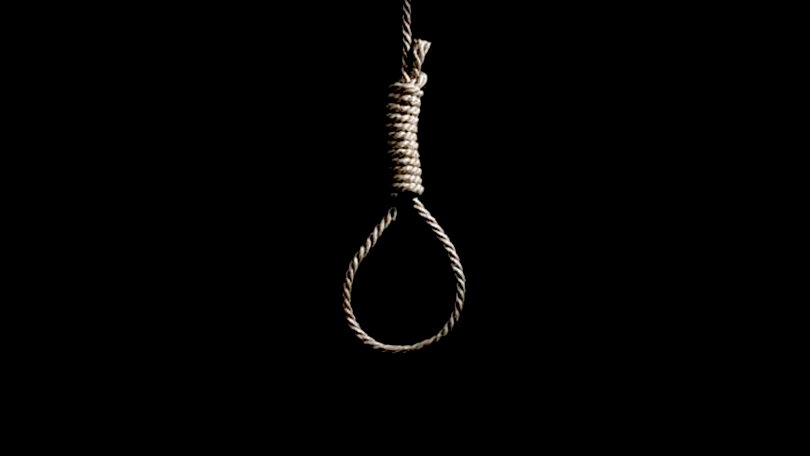
Similar patterns are being seen among Nepal’s youth. According to Nepal police, 7,117 completed suicides were reported nationwide during the fiscal year 2020–21, which ran from mid-2020 to mid-2021. Nepal’s suicide rate increased by roughly 72% over the previous ten years, despite a slight decline to 6,792 in 2021–2022 and 6,974 in 2022–2023. In actuality, Nepal experiences about 20 suicide attempts daily among adults and youth combined, with a concerning proportion of these attempts occurring in children and adolescents. An estimated 20 Nepalis under the age of 25 die by suicide every day, and tens of thousands more attempt suicide but do not succeed. According to UNICEF Nepal, 340,000 Nepali adolescents attempt suicide, and about 475,000 plan suicide annually, indicating the level of distress among the country’s youth.
In general, Nepal has one of the highest suicide mortality rates in South Asia, with about 25 suicides per 100,000 people in recent years. In Nepal, between 13 and 17 percent of all reported crimes are suicides. Families and communities suffer greatly as a result of these deaths. Numerous survivors and community leaders have started to voice their concerns about Nepal’s “silent epidemic” of youth suicide in local forums and the media. Teenage suicides are commonly reported to be triggered by family conflicts, pressure to perform well on exams, relationship breakdowns, and abuse.
Psychological, social, economic, and digital risk factors
These massive suicides among youths occur from various risk factors. Fundamental psychological factors include substance abuse, trauma, depression, and anxiety. Adolescents around the world frequently suffer from anxiety and mood disorders; depression in particular is known to be a risk factor for suicide. Due to a lack of mental health services in Nepal, many young people suffering from PTSD or clinical depression remain undiagnosed and untreated. According to UNICEF, up to 20% of teenagers globally suffer from mental health issues. According to estimates from Nepal’s Ministry of Health, 15–20% of youth may have a mental illness. In addition to anxiety and depression, these also include conduct disorders, ADHD, and developmental disorders. Similarly, self-harm behaviors, such as intentional self-harm or non-fatal suicide attempts, are significant warning signs because adolescents who self-harm have a significantly higher chance of dying by suicide.
Social factors are another important factor that plays a major role in suicide. Adolescent suicide is frequently triggered by issues at school (bullying, peer conflict) and at home (abuse, neglect, domestic violence). Similarly, the school rules and the competitive exams, school failures, dejection and rejection, pressure to perform well academically in exams are further triggering points for youths and adolescents. Economic hardship, unemployment, and poverty cause families to experience ongoing stress and can depress vulnerable teenagers. A more recent dimension is the influence of digital media. On the plus side, isolated teenagers can find information and support from online communities and applications, and are further vulnerable to social comparison, exposure, cyberbullying, suicidal thoughts, and even “suicide contagion”. Teenagers may mimic internet content or lose their sensitivity to violence if they are not guided. Social media’s growth has “fostered a climate where suicidal ideation and behaviors can spread effortlessly,” so it has been very critical to ensure digital literacy in such a context.
More significantly, Stigma and cultural beliefs are the other factors that consider suicide and mental illness as taboo in Nepalese Society. Especially, the symptoms in children, such as sadness and a gloomy condition, irritability, are often considered a bad attitude and are further disregarded. Similarly, family honor and the so-called “reputation” ensure the youths endure abuse and bullying. Moreover, the religious or cultural beliefs of viewing suicide as a sin or karma have further silenced the discussion. Schools and communities lack awareness of such matters, which are a huge forfeiture to Nepalese society itself.
Current interventions and prevention efforts

There are the methods taken by WHO, which is the ‘LIVE LIFE’ strategy that outlines four key interventions: limiting access to lethal means, responsible media reporting, fostering life skills in youth, and early identification of at-risk individuals. There should be programs that teach coping skills, problem-solving, and emotional resilience in schools (for example, social-emotional learning curricula) that help protect adolescents. Safe media guidelines (avoiding sensational coverage of suicide) are another key measure. Communities also play a role: peer-support groups, school counseling centers, youth clubs, and family education can create a protective environment. Addressing adolescent suicide in Nepal requires a multi-pronged approach: Nepal must greatly expand its workforce and facilities for youth. This means training many more child and adolescent psychiatrists, psychologists, and counselors, and embedding mental health professionals in schools and primary health centers. Early screening for mental disorders in schools and communities should become routine, following the WHO’s mental health gap guidelines. Integrating social-emotional learning along with health awareness in curriculum, training, and enforcing anti-bullying policies, along with organizing mental health workshops and counselling, can be very fruitful. Furthermore, raising public awareness to reduce stigma. Culturally sensitive campaigns (through radio, TV, social media, and community gatherings) should communicate that mental illness is treatable and suicide is preventable.
The government should finalize and fund a comprehensive national suicide prevention strategy that ensures multi-sector coordination. Suicide attempts should be decriminalized (aligning with WHO recommendations) so that youth feel safe seeking help. Nepal could support helplines that accept text or chat, and promote positive mental health apps or hotlines. Schools and health authorities might collaborate with tech companies to detect and intervene if students post suicidal content. Digital literacy education can teach youth how to cope with online stress and where to get trustworthy information. Finally, Nepal needs good data. Nationwide surveys and hospital reporting systems should track not just suicides but attempts and self-harm incidents. This data will allow targeted interventions, further investing in mental health research to prevent contagion and prolonged trauma.
A nation’s strength not only lies in its economy and politics but also in the heart and mind of the youth, so Mental Health issues are not optional; rather, they are foundational.













